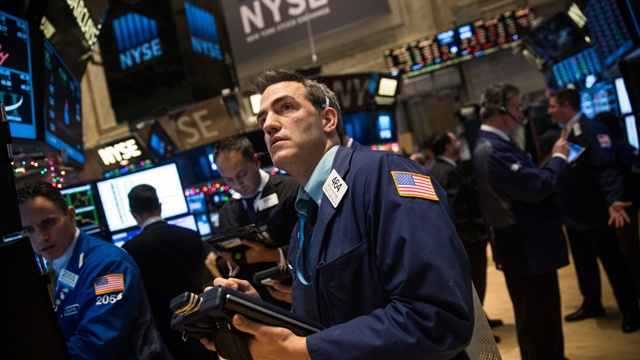As 2015 kicks off, investors are skittish. Stocks are pricey. Historically, the price-to-earnings ratio for the S&P 500 is a tad over 15, according to Bespoke Investment Group. Today’s trailing P/E, a key measure of whether stocks are a good value, is above 19, CNNmoney says.
That’s not dotcom bubble levels, but it’s a cautious point, especially when we’re in the midst of the fourth-longest bull market since the 1928. Wall Street experts say we’re in the middle or even late stage of the business cycle.
The world’s problems: On top of that, Europe and Japan are fighting off recessions, and even China looks fragile. The US stands alone in its financial health, but to paraphrase John Donne, “No economy is an island,” at least not anymore. We’ll get another check up on the American economy this Friday when the monthly jobs report is released.
There are clear headwinds for stocks. The problem is, where else do you put your money? Cash in the bank is earning zero interest. Even if the Federal Reserve does raise interest rates later this year as widely expected, cash is unlikely to earn much more than 1 percent by the end of the year -- not enough to keep up with inflation.
Bonds are expensive: Bonds are the obvious alternative. There’s just one problem: If stocks look a little scary, bonds look worse. “Every time you hear someone say we’re at record low yields, what they’re really saying is we’re at record high bond prices,” says Burt White, chief investment officer of LPL Financial.
This time a year ago, experts predicted 2014 would be a rough year for bonds. As the Federal Reserve ended its massive bond-buying stimulus program, most thought yields would go up and thus bond prices down.
Instead, the opposite occurred. As the world economy looked gloomier, investors poured money into US bonds -- both government and corporate. That means bonds are even more expensive now.
It’s possible that foreign investors will continue to buy up US bonds this year, but even that force could be counterbalanced once the Fed begins to raise interest rates.


